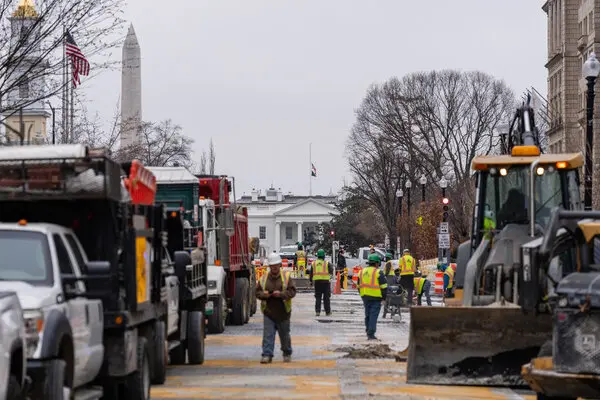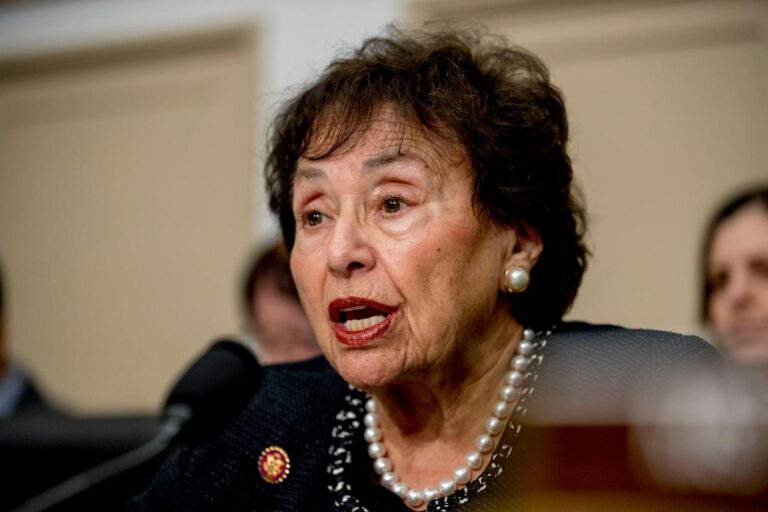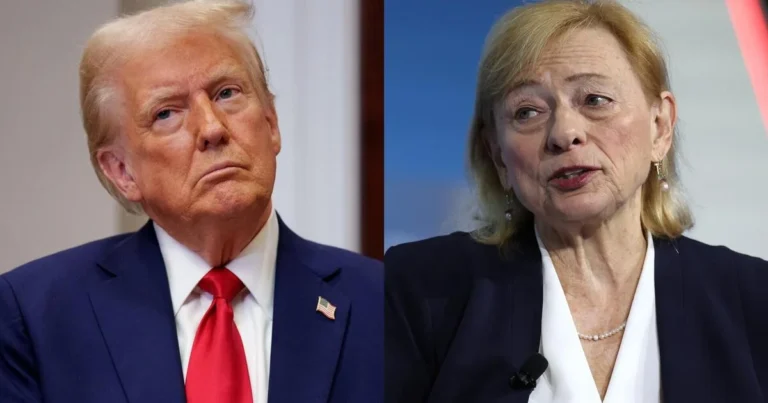
The removal of Black Lives Matter Plaza in Washington, D.C., has sparked a wave of controversy and reflection, with many questioning the implications of erasing a space that became a symbol of protest, resilience, and racial justice in the United States. The decision to remove the iconic mural and rename the area comes at a time when the Black Lives Matter movement is facing significant political and social pushback, raising concerns about the erasure of its message and impact.
Black Lives Matter Plaza was first established in June 2020, when thousands of protesters gathered in the wake of George Floyd’s killing by Minneapolis police officer Derek Chauvin. The bold yellow letters spelling “Black Lives Matter” on 16th Street, just blocks away from the White House, became an emblem of the nationwide movement against police brutality. The site was officially designated by D.C. Mayor Muriel Bowser, signifying the city’s acknowledgment of the movement’s importance. Now, its removal feels like a deliberate shift away from that moment of reckoning.
City officials have provided logistical reasons for the removal, citing ongoing construction and urban development plans that require modifications to the area. Some argue that the decision is simply a matter of city planning, with no political motive. However, activists and community leaders see it differently. For them, the removal of Black Lives Matter Plaza represents a deeper, more troubling pattern—one where movements for racial justice are symbolically and physically dismantled once they are no longer at the forefront of public discourse.
The erasure of the plaza also raises questions about the broader national conversation on racial justice. In recent years, there has been a noticeable shift in public sentiment, with some political figures actively working to discredit the Black Lives Matter movement. The rise of conservative critiques, legal challenges against diversity initiatives, and restrictions on discussions of race in schools have all contributed to what some see as a rollback of progress. Against this backdrop, the removal of the plaza feels less like an administrative decision and more like an intentional statement about the movement’s place in American history.
Supporters of the plaza’s removal argue that meaningful change extends beyond symbols, emphasizing the need for tangible policy reforms rather than painted streets. They point to ongoing issues such as police accountability, economic disparities, and systemic racism, arguing that energy should be directed toward legislative change rather than maintaining symbolic spaces. However, critics counter that symbols play a crucial role in shaping public memory and preserving the legacy of social movements. They fear that without these visual reminders, the urgency of the cause may fade from public consciousness.
As the city moves forward with its plans, activists continue to push for a permanent recognition of the movement’s impact. Some are calling for a new memorial or dedicated space that honors the struggles and achievements of the Black Lives Matter movement. Others see the plaza’s removal as a reminder that progress is never guaranteed and that the fight for racial justice requires ongoing commitment.
The disappearance of Black Lives Matter Plaza may not erase the movement itself, but it does highlight the fragility of historical memory. Whether the removal is seen as an act of practicality or a symbol of shifting political winds, it has reignited discussions about how America acknowledges and preserves the fight for racial equality.
OPEN This➤➤ 𝗪𝘄𝘄.𝗝𝗼𝗯𝘀𝟳𝟬.𝗰𝗼𝗺


